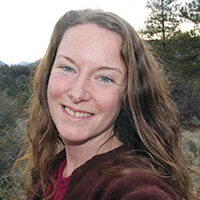Special foods are a sign of the holidays all over the world, and for seven students who are spending this Christmas in the North State far from their home countries, these seasonal traditions help them feel closer to family abroad. The students, all participating in the International Cultural Exchange Services (ICES) program, share their favorite holiday feasts and a few of the small celebrations that are unique to their homes.
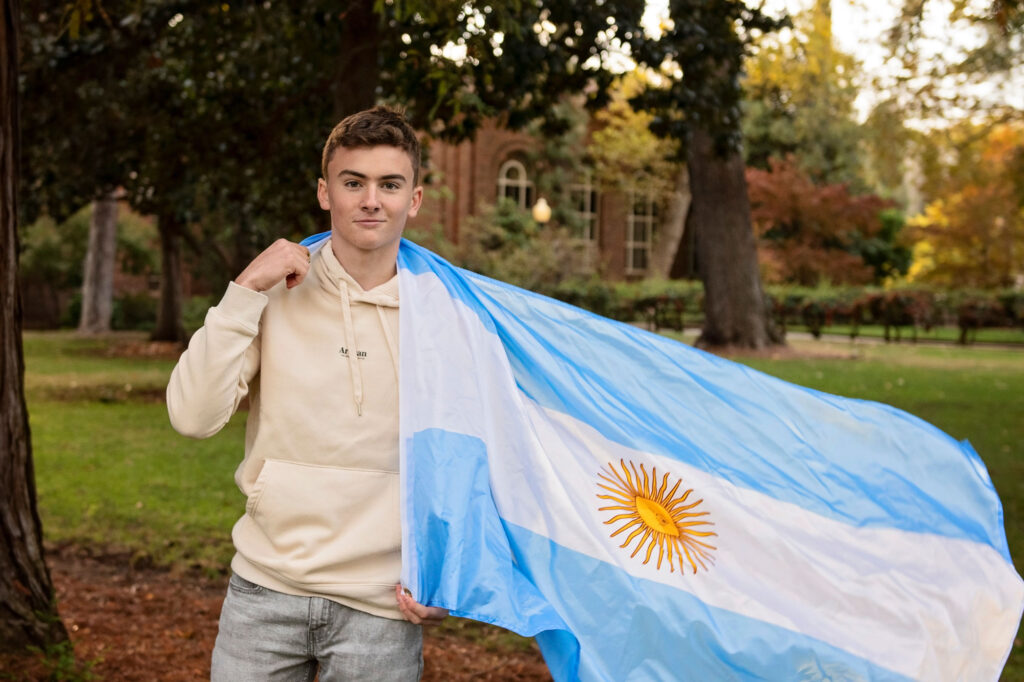
New Year’s asado from Argentina
Valentin De Barba, a junior at Paradise High School, calls Bariloche, Argentina home. There, the start of the new year is a time to celebrate with family and go camping. New Year’s Eve festivities include lighting sparklers, called “estrellitas,” and throwing firecrackers, or “chaski booms.” In Argentina, as in the United States, New Year resolutions are common. Valentin’s resolution at the start of 2022 was to come to the US to study through an exchange program. Valentin says his host family plans to make asado with chimichurri sauce, a dish that graces the plates of families throughout Argentina to celebrate another year of life.
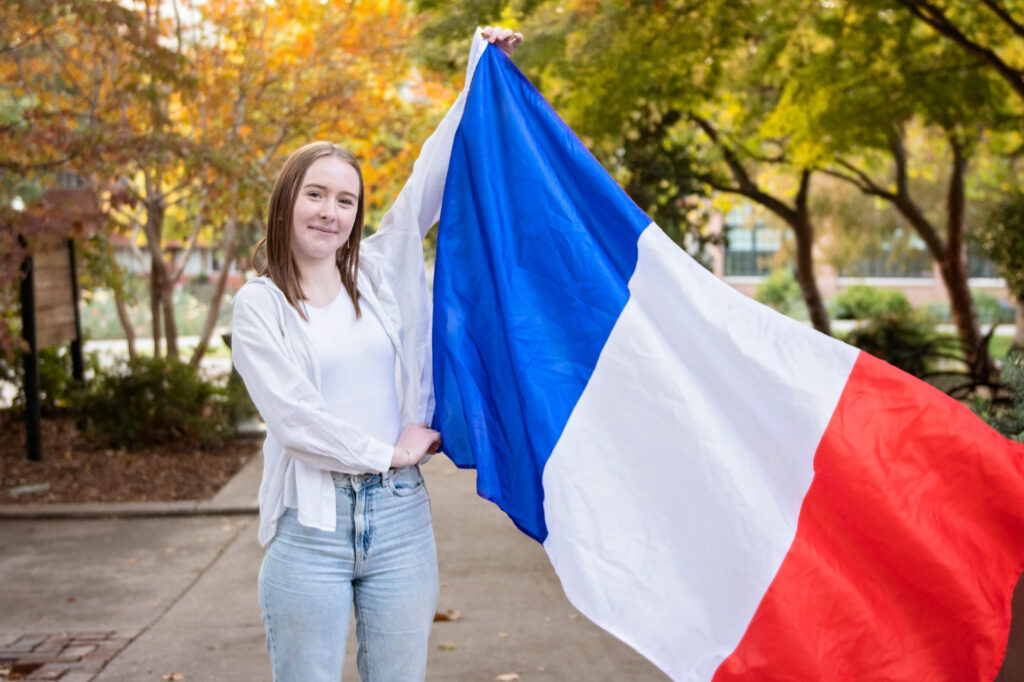
Christmas log cake is a Parisian favorite
At home in Paris, France, Zoe Billard says she loves Christmas “because we celebrate Jesus, but also it’s the only holiday where I’m surrounded by my grandparents, my godfather, my aunts, and my cousins.” They decorate for this holiday with a Christmas tree with garlands and baubles, lighted garlands and a nativity; and take time to visit the city’s huge Christmas market. Some of the common foods that adorn the table during this celebration in France are turkey, foie gras, scallops, and a Christmas log cake. A senior at Inspire School of Arts and Sciences, Zoe hopes to share these traditions with her host family.
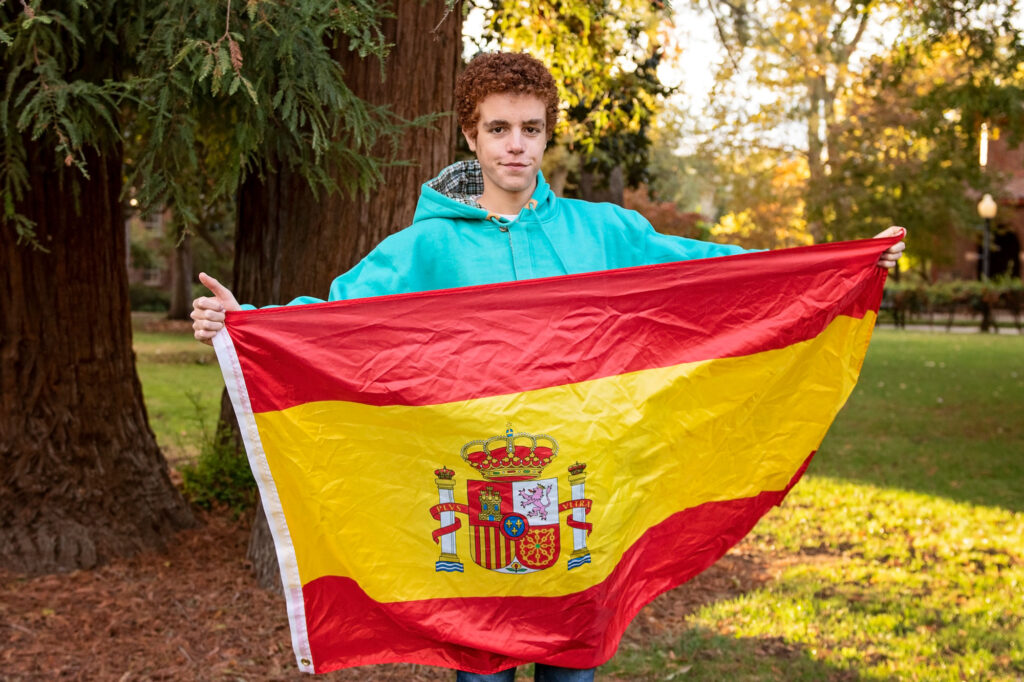
Dressing elegantly for dinner in Spain
Santiago Garcia Rodriguez, a junior at Paradise High School, says many of the traditions from his hometown of Sevilla, Spain can’t be recreated in the US, but he’s looking forward to a holiday dinner with his host family. In Sevilla, he says, “The streets are decorated with big lights and walking through the streets you can breathe the Christmas spirit.” On Christmas Eve, his family dresses very elegantly for dinner at his grandmother’s house, where they also sing carols around the table. At midnight a bell sounds and “This means that Jesus has left presents. When we open the door all the presents are perfectly ordered and when we open them it is time for fruit salad.”
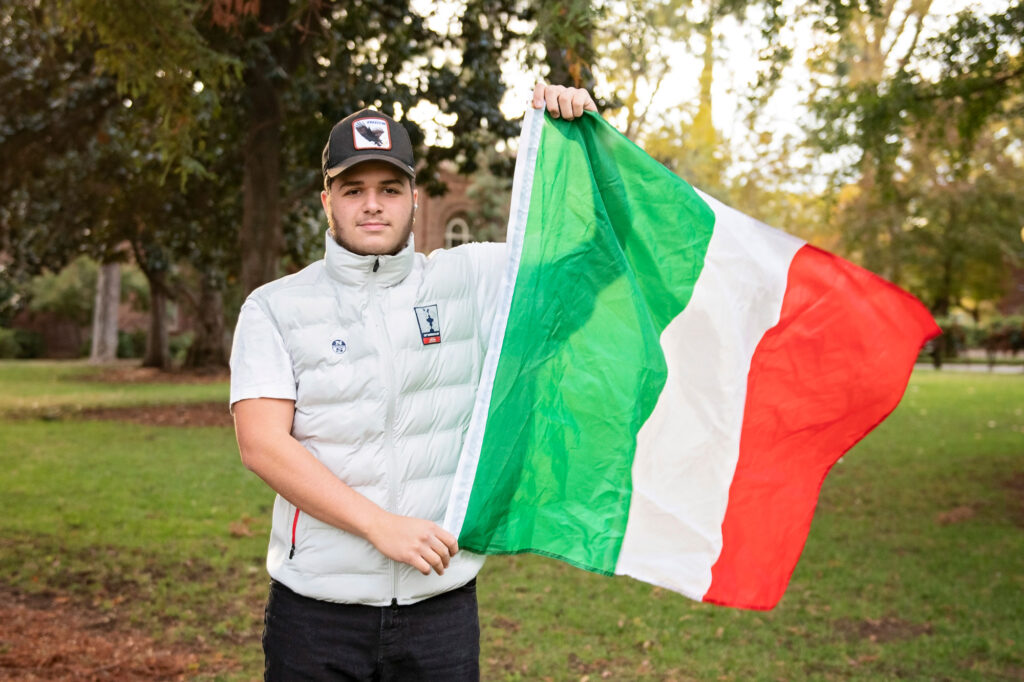
The bounty of Italian cooking
In Italy, says Lele Lenoci, a senior at Paradise High School, food is integral to all the festivities. “Our tradition is to cook a lot of food that we make only for Christmas and another tradition is to make each other gifts,” he says, and the season is full of lots of lights, Christmas trees and time with family. The bounty of Italian cooking includes lasagne, pasta, crespelle (crepes), cake, and meatballs. One grandmother cooks meat with tomato sauce, the other grandma makes pettole (dumplings), zucchini balls, and rabbit; and an aunt bakes different types of focaccia bread. Lenoci plans to share many of these traditions with his host family.
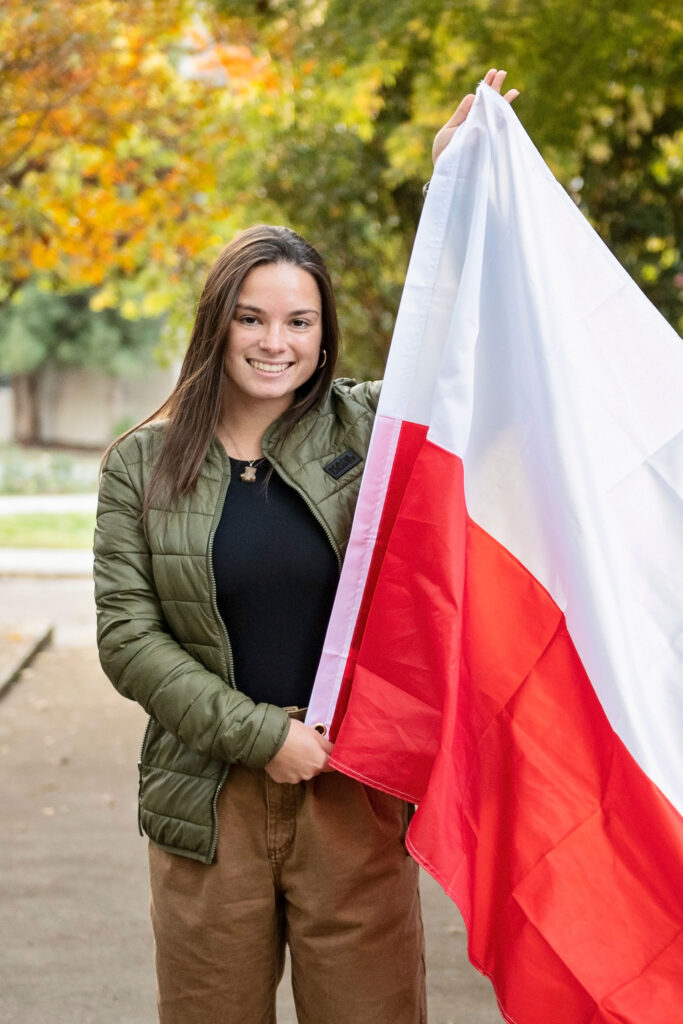
In Poland, 12 meals on the Christmas table
Amelia Bielaszewska, a senior at Pleasant Valley School, is from Warsaw, Poland. There, she says, “It’s just tradition to have 12 meals on table because they are to represent the 12 apostles who sat down with Jesus at the last supper. My grandma makes 12 meals. It’s tradition for families to do this, but hers are just the best.” This year, Amelia’s family will be tucking into a dozen meals on Christmas Eve, including red borscht with dumplings, mushroom soup or mushroom sauce, dumplings with cabbage and mushrooms, compote of dried fruits, stuffed cabbage with buckwheat and mushrooms, Greek-style fish, kutia ( sweet wheat berry pudding), cheesecake, poppy seed cake, gingerbread and other baked breads. She plans to share some of these dishes with her host family.
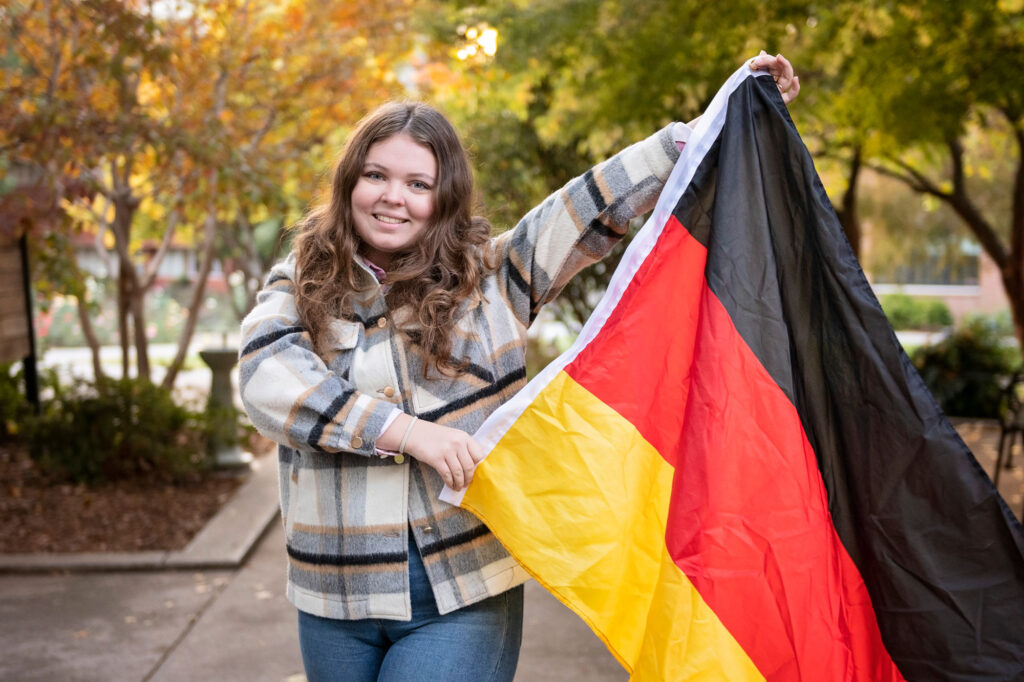
Advent calendars and lots of baking in Germany
Emilia Scharninghausen, a senior at Inspire School of Arts & Sciences, comes from Hespe, Germany, where her favorite traditions include an advent calendar “where I open a little bag every day in December until Christmas and we light a new candle every Sunday. Also we bake a lot of Christmas cookies and gingerbread.” In Hespe, Emilia says, the main celebration is on Christmas Eve. On the day, her family goes to church in the evening, then has dinner, and exchanges presents. Traditional holiday foods include sausages, potato salad, and stollen (German Christmas bread). This year her mother sent her an advent calendar, and she would like to celebrate as many traditions as possible with her host family.
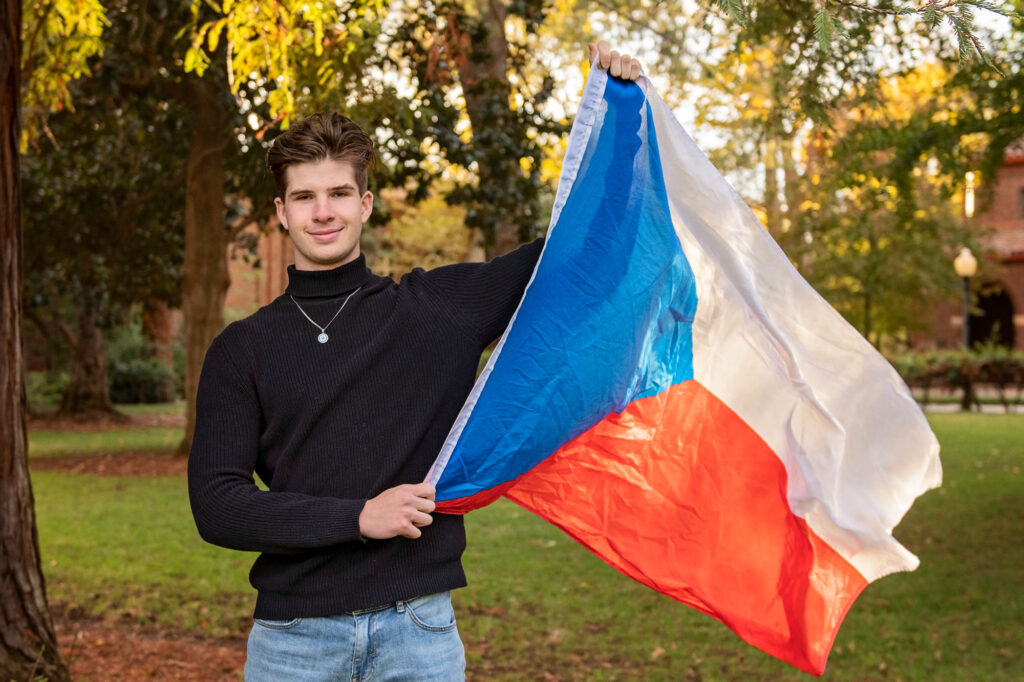
Long family dinners in the Czech Republic
Filip Szuscik, a senior at Inspire School of Arts & Sciences, calls Brno in the Czech Republic home, and says he loves celebrating Christmas and hopes to share some of his family’s traditions with his host family. Traditional foods are always on the menu, including carp with potato salad, biscuits with honey, fish soup, fruits, nuts and sweets. “This dinner usually takes several hours, and it’s a great time to talk with family,” he says. After dinner, every person cuts an apple, looking for a pattern of a star in the middle, which is a sign of health for the coming year.
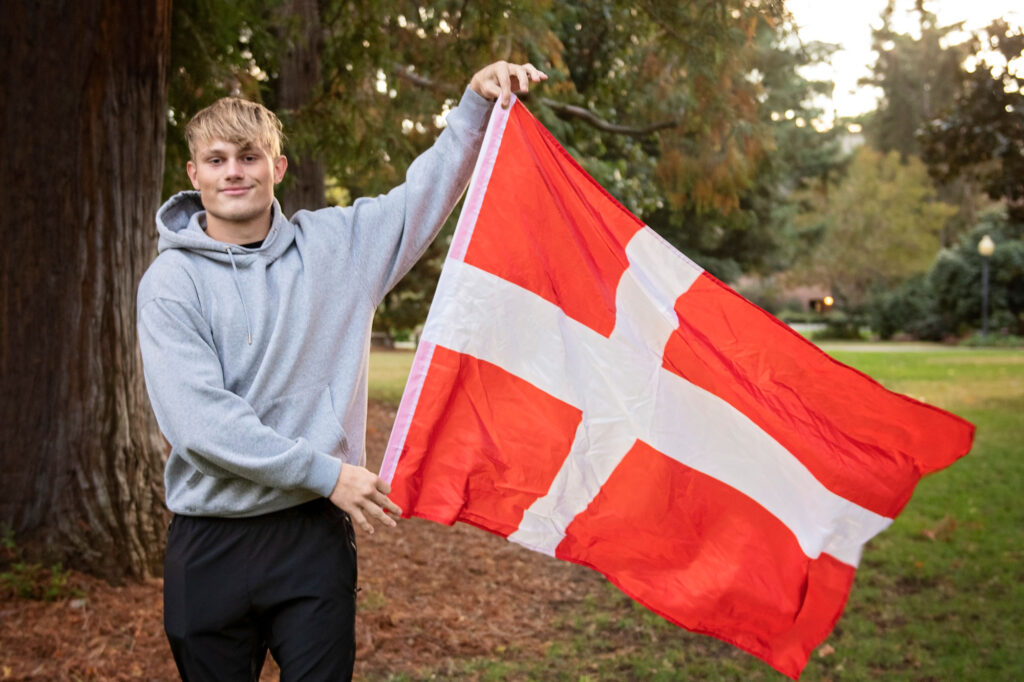
A fun food tradition from Denmark
In Esbjerg, Denmark, 18 year old Noah Terp says, “It’s the time of year where I get to see most of my family in one place. It’s different every year, but the feeling is the same.” One of his favorite food-centered rituals is searching for the one complete almond in a big bowl of risalamande, a type of rice pudding. “Whoever finds it wins a prize,” Noah says. The Paradise High School senior says he hopes to share this fun tradition with his host family, along with cookies and æbleskiver, (Danish pancakes).
Information about helping exchange students
ICES, a US Department of State designed youth exchange organization, offers a scholarship program called Global Ambassadors where students act as welcoming liaisons for exchange students when they arrive. Currently, they try and take on one junior and one senior from each school where there is a study abroad student. Additionally, ICES is always looking for host families. To find out more, contact Michaela Golightly-Gulbransen, Regional Administrator/Program Director for the Northern California area, at 530-520-6567.
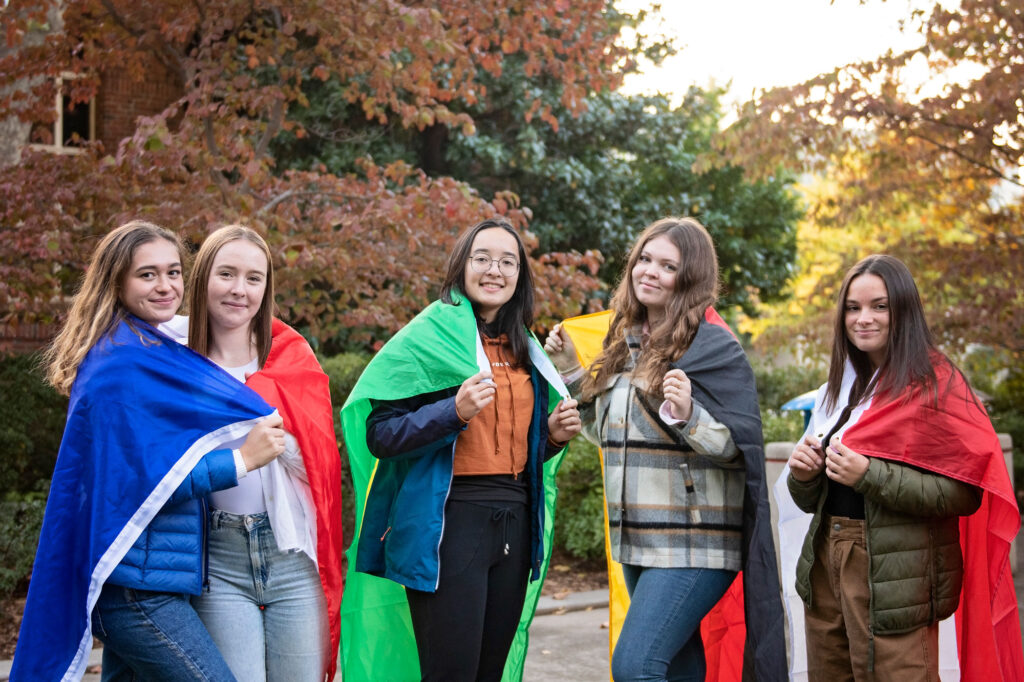
Posted in: Education, Youth & Teen
Comment Policy: All viewpoints are welcome, but comments should remain relevant. Personal attacks, profanity, and aggressive behavior are not allowed. No spam, advertising, or promoting of products/services. Please, only use your real name and limit the amount of links submitted in your comment.
You Might Also Like...
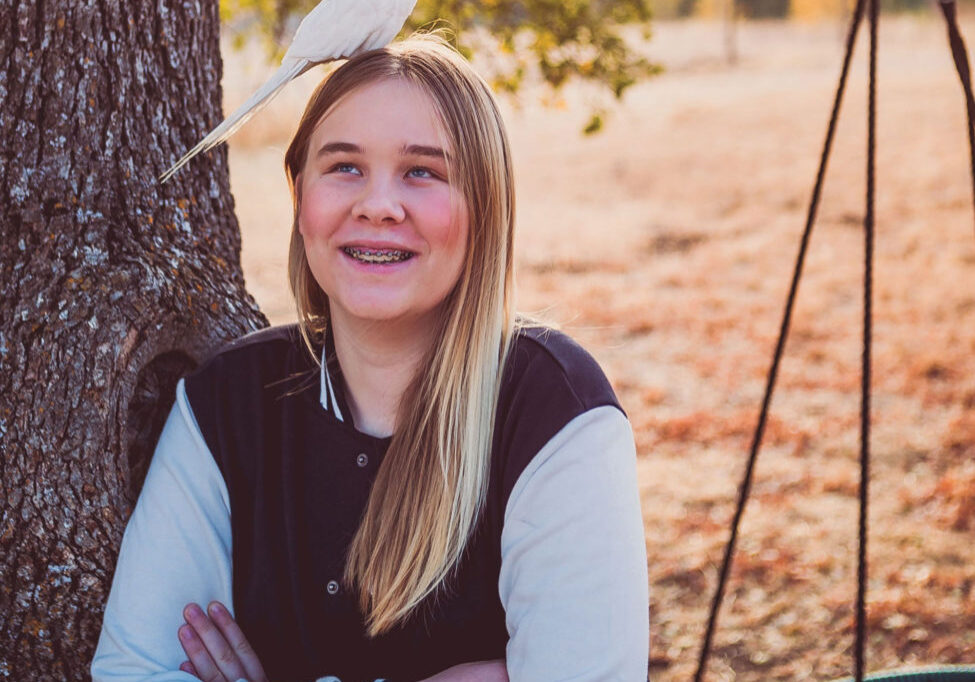
What To Know About Keeping a Pet Bird
Thinking of getting that cute little pair of parakeets for Christmas? Yearning to have a pet parrot that greets you when you get home? According to Born Free, a leading […]

Ten Things Children with Food Allergies Want You to Know
1. I long to be included. I would like to look, act and eat like everyone else. I’d like to buy my lunch and sit wherever I want. I know […]
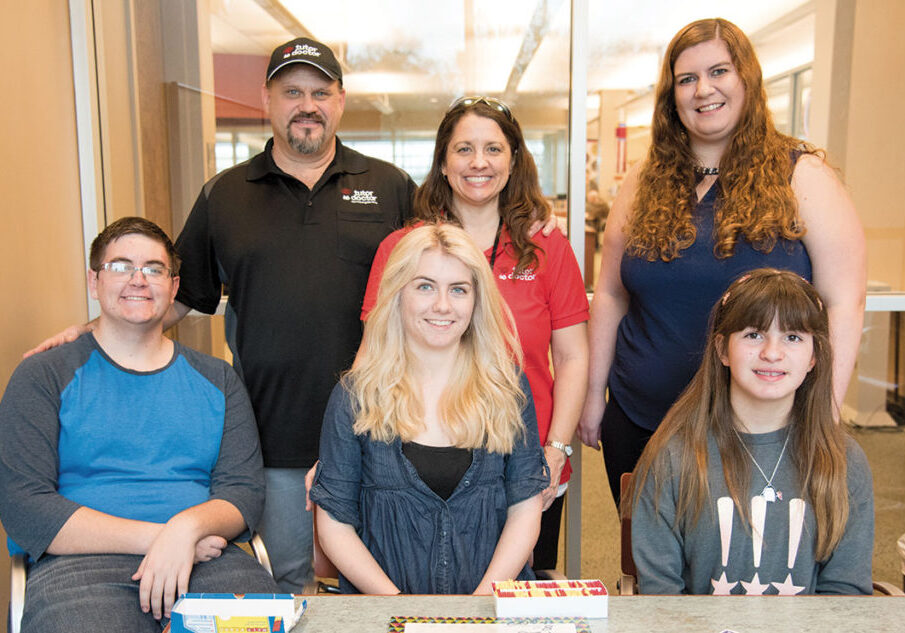
Tutor Doctor in the North State: Ten Steps Toward Building Your Child’s Strong Academic Future
Tutor Doctor in the North State Ten Steps Toward Building Your Child’s Strong Academic Future It’s that time of day again. The kids are home from school, backpacks bulging with […]
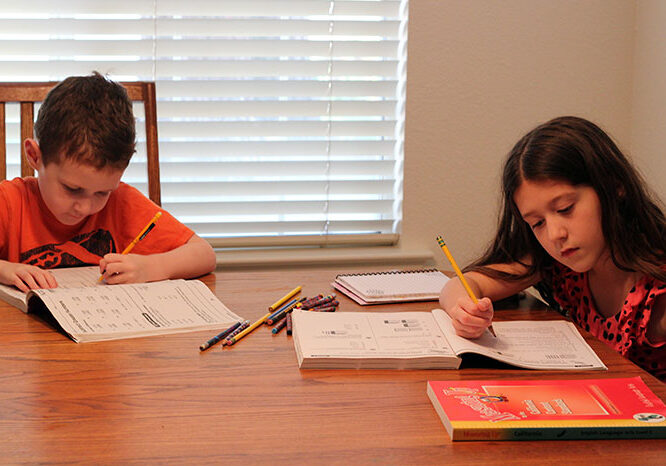
The New School Year – Is Homeschooling an Option?
Learning at Home Turns Surprisingly Social Back in 2010, the time had finally come for my husband and I to get serious about finding the right school for our soon-to-be […]

How Playing With LEGO Enhances Learning
Your children probably have LEGO bricks and building components or a similar building toy system. And you may have stepped on stray plastic components and wondered if it was really […]
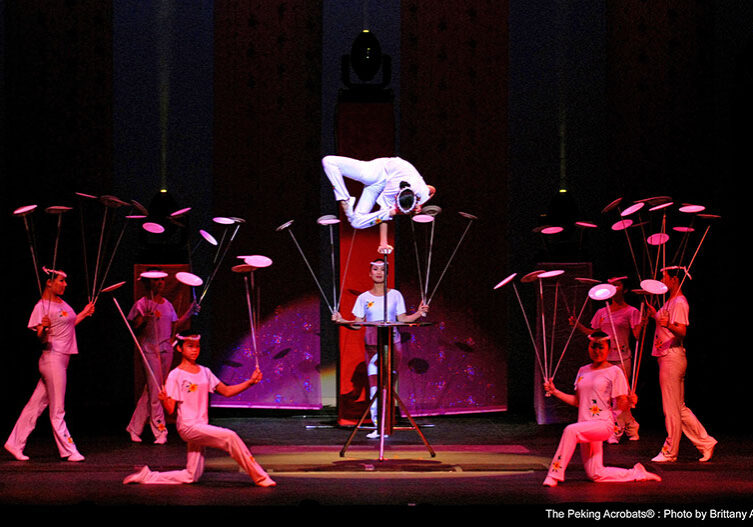
Adopt-A-Class Program Is Accepting Donations For Its 14th Year Bringing The Arts To School Children
For the 14th year, businesses and individuals can enrich schoolchildren’s educational experiences by adopting a local class to see an exciting Field Trip Series performance through the Adopt-A-Class program at […]


